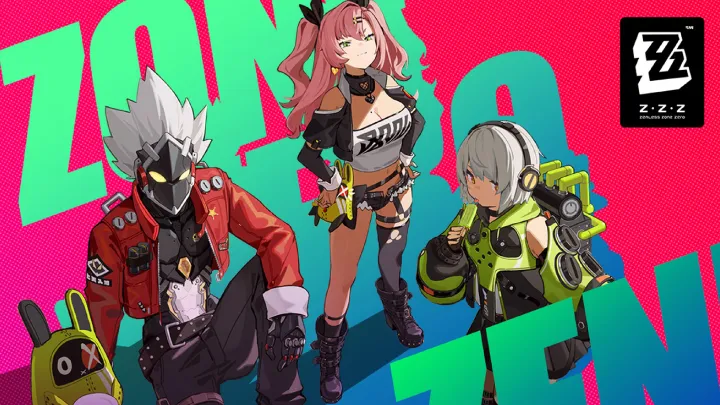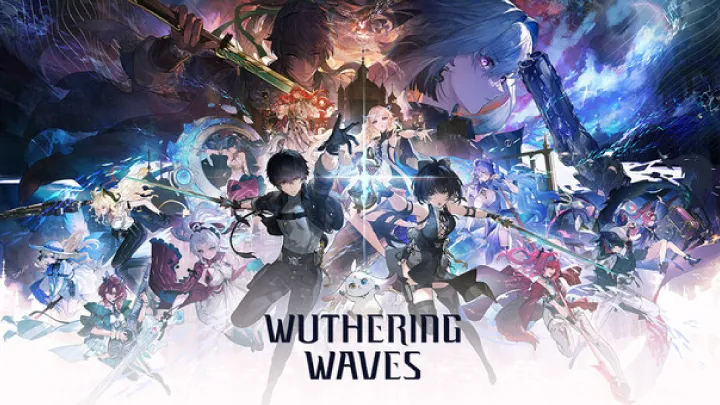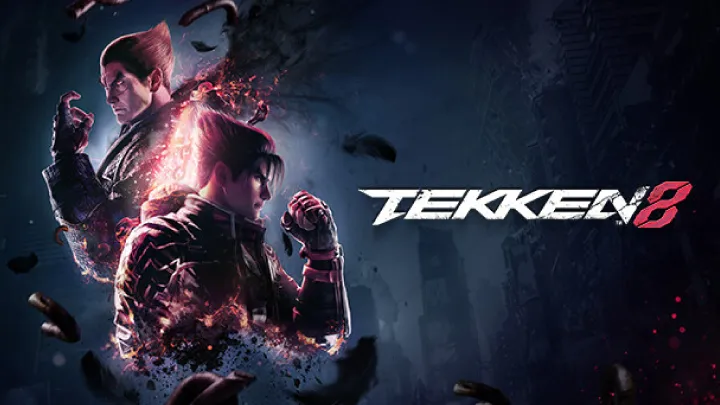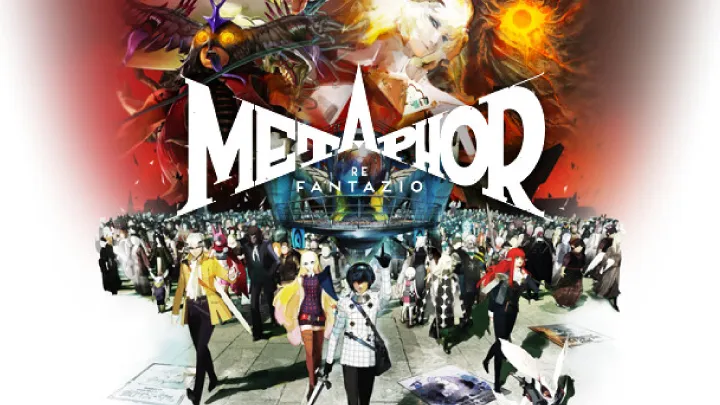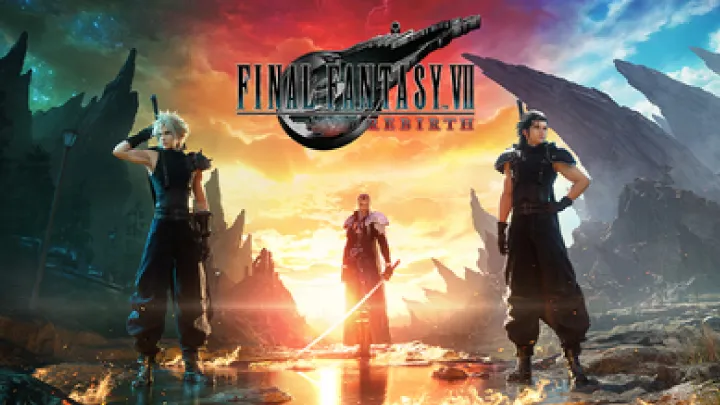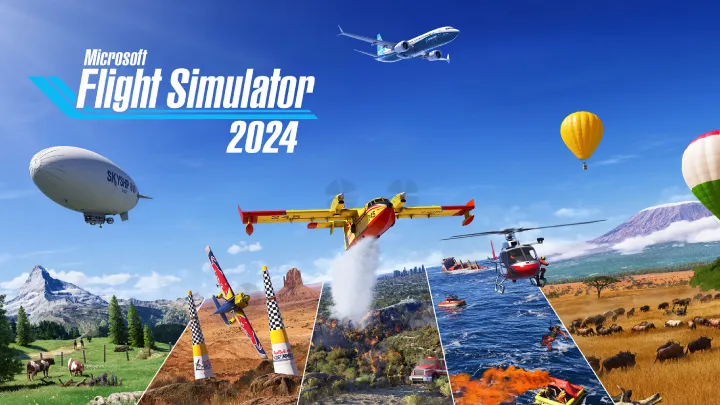Split Fiction is a fast paced action game that blends tactical decision making, character abilities, puzzle like mechanics, and reactive storytelling. While the game welcomes beginners, it quickly reveals deeper layers that reward strategy far more than mechanical reflexes. Understanding how to move, plan, react, and use the map effectively is essential for long term success.
This guide explains in detail how to approach Split Fiction from the basics to advanced mastery. You will learn movement principles, character selection, ability management, narrative event strategies, game mode optimization, combat skills, and high level thinking patterns.
By following each section, you will gradually build a complete toolkit that transforms the way you play. The goal is to help you think strategically, adapt quickly, and stay consistent in every match.
Section 1 The Basics of Split Fiction

Split Fiction is structured around short but intense rounds. You select a character with unique traits and enter shifting arenas influenced by narrative events that alter gameplay rules. Understanding the layout, map flow, and interface is the foundation of effective play.
The interface includes a mini map, stamina bar, ability cooldowns, event timers, and environmental indicators. Players who learn to read this information efficiently gain a major advantage.
Movement is equally important. Walking, sliding, vaulting, climbing, and momentum based actions define how you navigate the arena. The better your movement, the more options you have in every situation.
Section 2 How to Choose the Best Character
Characters fall into several roles such as Vanguard, Specialist, Controller, and Strategist. Each role offers different strengths, ideal tactics, and difficulty levels. Choosing the right one impacts your entire playstyle.
Aggressive players benefit from Vanguards with stamina and speed advantages, while strategic thinkers may prefer Controllers who manipulate terrain or narrative effects.
Experiment with various characters early in your journey. Your main character should feel natural, comfortable, and complementary to your preferred flow of play.
Section 3 How to Master Movement and Positioning
Movement mastery allows you to survive longer and control engagements. Smooth transitions between actions create momentum that opponents struggle to track. Chaining slides, vaults, and climbs gives you mobility advantages in both offense and defense.
Momentum preservation is key. Losing speed at the wrong moment gives opponents an easy opening. Practice movement routes repeatedly until you can execute them instinctively.
Proper positioning enhances your movement. Holding high ground, cover points, and angles that control visibility allows you to dictate the pace of combat.
Section 4 How to Use Abilities Effectively
Abilities are powerful tools, but they must be used deliberately rather than randomly. Each ability has ideal timing, context, and synergy with your character and teammates.
Reserve abilities for specific goals such as initiating engagements, creating escape paths, or controlling contested areas. Efficiency matters more than frequency.
Study enemy abilities as well. Knowing when opponents have their escape or stun options available dictates when to engage or retreat.
Section 5 How to Understand Narrative Events
The narrative event mechanic differentiates Split Fiction from other action games. Events alter terrain, visibility, rules, hazards, or temporary paths. Understanding and predicting these shifts gives you strategic control.
Events like blackout, fracture, or distortion can change the flow of an entire round. Players who position themselves wisely before events trigger often gain huge advantages.
Watching the event timer is critical. Treat every upcoming event like a tactical opportunity, whether for ambush, escape, or repositioning.
Section 6 How to Manage Resources
Resources include stamina, energy cores, ability charges, and health supplies. Players who manage resources efficiently survive longer and control engagements more effectively.
Never drain stamina completely. Without stamina, you lose mobility and become vulnerable to enemy attacks. Plan your movement so you always keep enough to escape danger.
Energy cores allow interaction with narrative elements or temporary upgrades. Collect them safely, and do not rush into contested areas unless you have a strategic reason.
Section 7 How to Play Each Game Mode
Different modes in Split Fiction reward different techniques. Solo Run emphasizes awareness and survival, encouraging defensive play and smart positioning.
Team Narrative rewards synergy, communication, and synchronized ability usage. Use combos that complement each teammate.
Objective Clash revolves around controlling zones. Choose characters with defensive or mobility oriented skills to maintain zone dominance.
Section 8 How to Improve Combat Skills
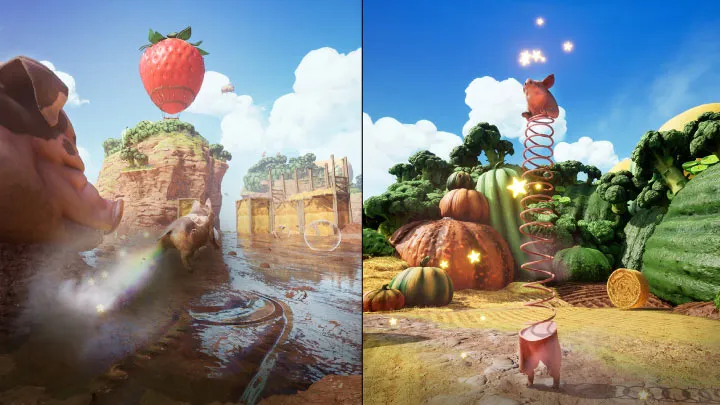
Combat in Split Fiction requires a mix of timing, movement, aim control, and ability synergy. Working on each area individually produces rapid improvement.
Practice aiming while moving. Since mobility is essential, learning to aim during slides and vaults gives you a massive advantage.
Train ability combos such as slowing targets before dealing burst damage. Review your matches to identify missed opportunities or predictable mistakes.
Section 9 How to Develop Advanced Strategies
Advanced play includes prediction, map control, and narrative manipulation. Skilled players understand how to force opponents into bad positions.
Narrative baiting is one advanced technique where you trigger an event interaction to lure opponents into hazardous zones. Another is zone locking, where you position yourself to deny enemy access to safe routes.
These strategies require practice but become intuitive once you understand timing and environmental flow.
Section 10 How to Become a Consistent High Level Player
Consistency comes from minimizing errors, maximizing efficiency, and understanding long term patterns. High level players make fewer risky decisions and rely on strong game sense.
Review your gameplay after each session. Identify common error patterns such as poor positioning or ability misuse. Correcting one type of mistake per session leads to steady improvement.
Stay updated on patches, new characters, and balance changes. Split Fiction evolves frequently, and adaptable players maintain their competitive edge.
Conclusion
Split Fiction is a game that rewards intelligence, awareness, and strategic creativity. Learning how to master movement, abilities, narrative events, and resource management allows you to control every round instead of reacting to it. As you improve, you will discover deeper layers of gameplay that make Split Fiction one of the most unique competitive titles available.
By following the steps and principles in this guide, you can confidently build your skills and rise through the ranks. The path to mastery takes time, but every improvement brings you closer to becoming a complete Split Fiction player.
Summary
Complete guide teaching movement, abilities, events, strategies, modes, and tactics to master Split Fiction and become a consistent high level player.








